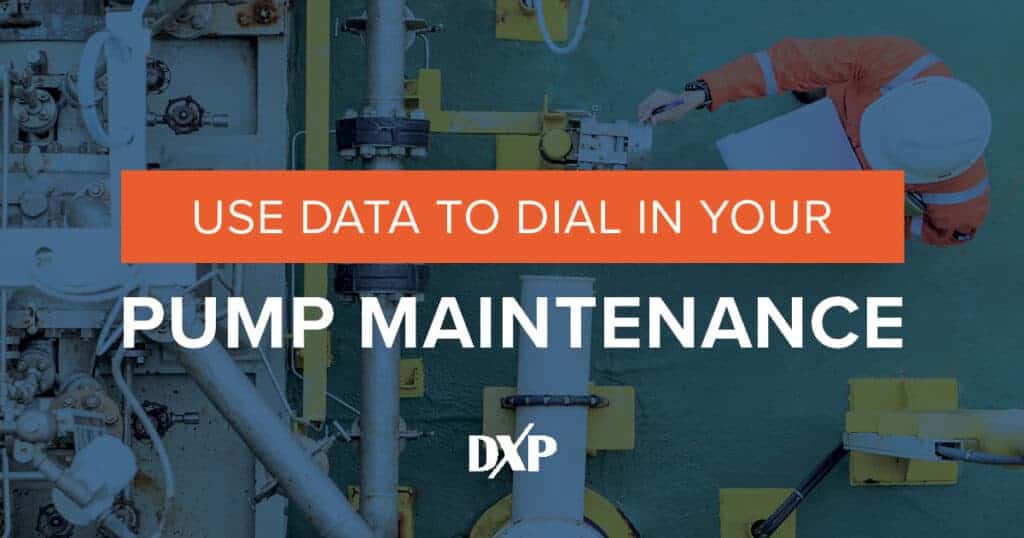Pump operators are extending the lives of their equipment and lowering costs using predictive maintenance techniques. Also known as data-driven pump maintenance, the approach uses computer monitoring to gather data about pumps in a system and bases maintenance schedules around the gathered data. Rather than relying on assumptions, operators using predictive maintenance can schedule work around the actual condition of equipment.
Use Technology to Your Advantage
Pump technology has evolved rapidly over the past few decades, and it continues to change the way we do things. Data-driven pump maintenance allows you to identify important trends relating to pump system performance. You can utilize the data to predict potential failures long before they happen. Ultimately, you can perform maintenance tasks and preventative repairs when they will be most beneficial to the long-term health and durability of your equipment.
Proactive operators and facilities are implementing more robust data systems, monitoring software and tracking techniques. Naturally, there is a lot of data that can be monitored and collected when it comes to pump systems. Some of the most important factors include pressure, temperature and flow rates. Even the slightest variations in these measurements can help you see flaws within the system design or detect issues within the equipment itself.
Critical Pump Data to Monitor
Sudden drops or spikes in temperature, pressure or flow rate are generally signs of problems that may require immediate attention. Data-driven maintenance analyzes the trends and the effects of all important variables, both big and small. By tracking and understanding these data, you can significantly improve how, when and where specific maintenance procedures are required for better system optimization. Even the smallest variations can help you dial in your maintenance plan.
There are some routine maintenance tasks that can and should be scheduled in advance. If conditions are remaining fairly consistent, you generally know when you will need to replace bearings and mechanical seals to keep your pump equipment running efficiently. Over time, data tracking could affect your standard maintenance schedule. You may be able to wait longer in between certain maintenance steps, or they might need to be done slightly more frequently.
The What, When and Where of Pump Maintenance
Now, let’s look at the what, when and where of data-driven pump maintenance. This is just as critical to understand as the variable factors you are monitoring.
What—First, you can identify what factors are causing measurable data variations. It could be the process fluid, an equipment issue, pump speed or other sources. The data shows you the effect, which can often help lead to finding the cause, as well.
When—Effective data tracking will include time signatures and show intervals when issues are arising during operation. Are the variations occurring frequently or was it a one-time anomaly? Are they happening consistently or sporadically?
Where—By studying the data and understanding the what and when, you can ultimately identify the where. Pinpoint the source of the problem (or potential future problem) and address it with the necessary repairs, maintenance or system configuration adjustments.
Let’s say there’s a slight change in the viscosity of the process fluid you are running through your pump system. The data shows your equipment is running at a slightly higher temperature that is steadily rising over time. Cavitation could be a potential concern if left ignored. You know the what and when, so now you must identify the where. This way, you can effectively and proactively take care of the problem before it gets any worse. Over time, you will have a fully optimized pump system. It will operate more reliably, your uptime will increase, and the equipment will last longer. These are all good goals any pump operator should be striving to achieve, and predictive data-driven maintenance is one way to make it happen.
Your Pump Management Experts
For help with your pump system configuration, maintenance plan and data monitoring technology, contact DXP Pacific. Let our team help you optimize your pump equipment for better long-term results.

